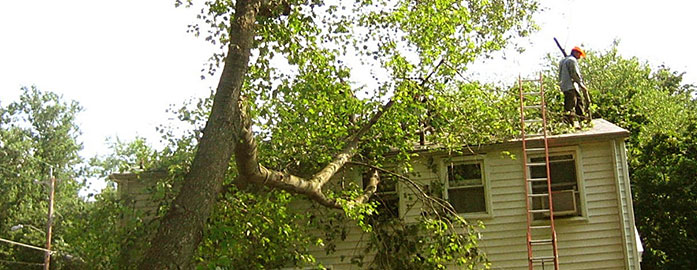Methods Used When Pruning- Tree Service Know How

So what is pruning?
It is the removal of unwanted parts of plants to divert flow of nutrients to other needy parts. It also restricts spreading of diseases.
Firstly, When to prune?
Prune trees during winter as they are mostly dormant and you can easily distinguish older branches from new ones due to lack of foliage. But never in autumn as diseased spores are abundant that time. In summer you can do the same after flowering period.
Tools that you need
Hand pruners, Loppers, Shears and saws.
Pruning Techniques you need to skill at:
Pruning is generally done at a location where growth will occur for example near a bud or a branch. When pruning to a bud, professional pruning companies cut at an angle of 35-45 degree with its lowest point near the bud. Never cut too near, else the bud might die out of desiccation.
For large heavy branches cut on the underside of the branch about a half or one-third way through. This prevents skinning out the tree bark due to the weight of the branch. When pruning branches off a main branch, always put the hook of your shears away from the main branch. This prevents damaging the branch collar.
Special cases:
Pruning the Evergreen Juniper:
You can start pruning evergreens early. However evergreens do not need severe pruning; remove dead branches whenever you want. Be cautious don’t cut narrow-leaved evergreens beyond the foliage, as older tissues contain adventitious buds which can cause damage. For broad-leaved ones cut 1/3rd at a time, but not more, that reduces fruit yield.
Maintaining vines through pruning:
This is one place that demands regular tree pruning. Prune out top 1-3rd portion of overgrowth. Leave the climbing branches. This enhances flowering.
